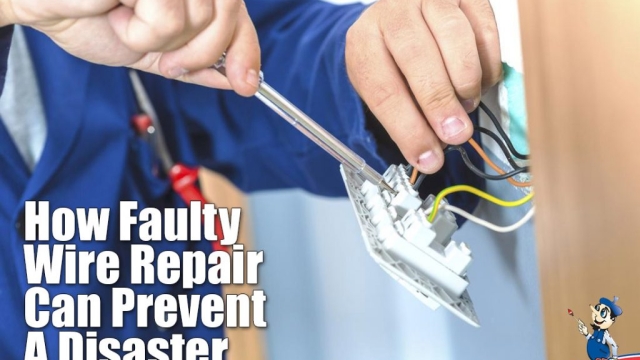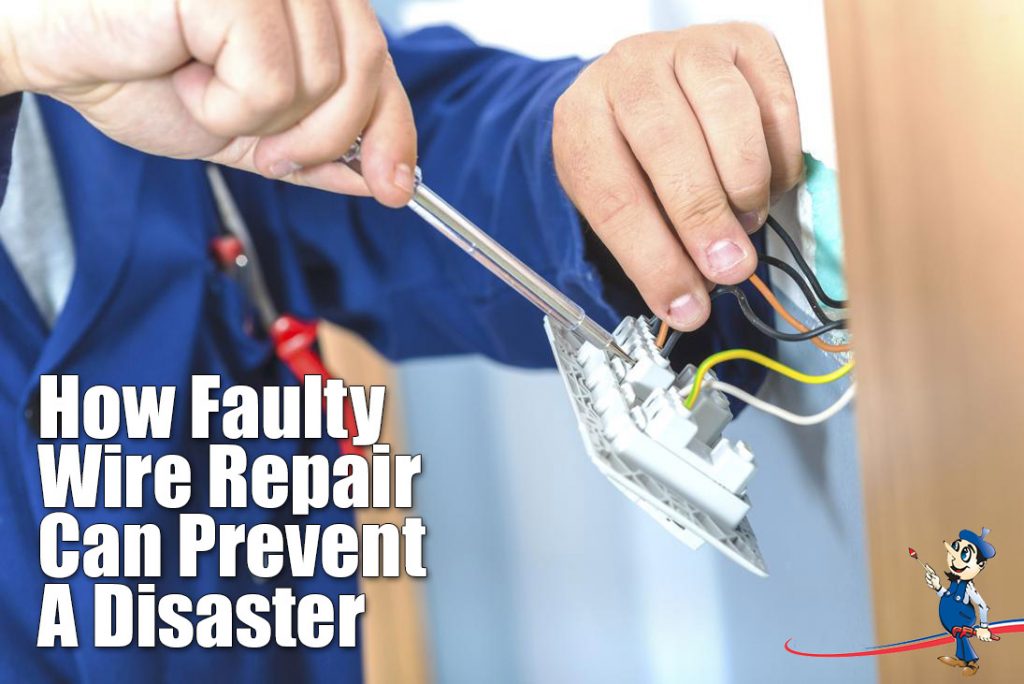Sink or Swim: Tackling Common Plumbing Issues
Joe Howard -
Whether it’s an acute clog that leaves water pooling in the sink or a faulty heater that leaves you shivering in the cold, dealing with plumbing issues can be a frustrating and inconvenient experience. From leaky faucets to burst pipes, it seems like plumbing problems always have a way of sneaking up on us at the most inconvenient times. But fear not! With a little knowledge and some basic tools, you can tackle these common plumbing issues head on and save yourself from sinking under the weight of plumbing troubles. So let’s dive in and explore some effective solutions to those pesky problems that can leave you feeling all washed up.
Identifying and Resolving Acute Clogs
Acute clogs can be a frustrating and inconvenient plumbing issue that requires immediate attention. These clogs occur when there is a blockage in the pipes that restricts the flow of water. If not addressed promptly, they can lead to further damage and potentially cause flooding. Here are some tips to help you identify and resolve acute clogs effectively.

-
Slow Drainage: One of the first signs of an acute clog is slow drainage in sinks, showers, or toilets. When you notice that water is taking longer than usual to empty out, it might indicate a blockage in the pipes. Pay attention to any gurgling sounds or unusual odors that accompany the slow drainage.
-
Water Backup: Another telltale sign of an acute clog is water backup. If water starts overflowing from your sink or toilet, or if you notice water coming out of a different drain when using a particular fixture, it is likely that there is a severe clog in the main drainage system. This requires immediate action to prevent further damage.
-
Resolving Acute Clogs: When faced with an acute clog, there are a few steps you can take to resolve the issue. Start by trying a plunger to dislodge the blockage. Ensure a tight seal around the drain and then vigorously plunge up and down to create suction. If this does not work, you can attempt to remove the clog using a plumbing snake or auger. Insert the snake into the drain and rotate it while gently pushing forward until you feel resistance from the clog. Once it hooks onto the blockage, pull it out carefully.
Remember, if you are unable to resolve the clog on your own or if you suspect a more significant plumbing issue, it is best to contact a professional plumber. They have the expertise and tools to tackle even the most stubborn clogs and ensure the proper functioning of your plumbing system.
Troubleshooting Faulty Water Heaters
- Lack of Hot Water
If you find yourself facing the frustration of not having any hot water, there are a few potential culprits to consider. First, check the thermostat setting on your water heater. It could be set too low, preventing the water from reaching the desired temperature. Adjust it accordingly and give it some time to see if the water heats up.
Another possible issue could be a defective heating element. Over time, these components can wear out or malfunction, leading to a lack of hot water. To check if this is the problem, turn off the power to your water heater and carefully remove the access panel. You should be able to visually inspect the heating elements for any signs of damage or corrosion. If necessary, replace the faulty element following the manufacturer’s instructions.
- installateur wien
- Leaks
Water leaks around your water heater can indicate a problem that needs immediate attention. Inspect the area around the heater for any signs of water pooling or dripping. Check the connections between the water supply lines, the temperature and pressure relief valve, and the drain valve. If you notice any leaks, it is important to take action quickly to prevent further damage. Tighten loose connections and replace any damaged fittings or valves as necessary.
- Inconsistent Water Temperature
If your water heater produces water that alternates between hot and cold, it can be quite frustrating. The most common cause of this issue is a faulty thermostat. Begin troubleshooting by turning off the power supply to your water heater and accessing the thermostat. Carefully inspect it for any visible damage. If you suspect that the thermostat is the problem, replace it with a compatible one following the manufacturer’s instructions.
Remember, handling faulty water heaters can be a challenging task, and it may be advisable to seek the help of a professional plumber if you are unsure or uncomfortable with performing these troubleshooting steps on your own.
Addressing Other Common Plumbing Issues
-
Leaky Faucets:
Leaky faucets can be a common annoyance in many households. Not only do they waste water, but they can also lead to higher water bills. To tackle this issue, start by turning off the water supply to the faucet. Next, carefully disassemble the faucet fixture using a wrench or pliers. Look for any damaged or worn-out parts, such as the washers or O-rings. Replace these parts with new ones, ensuring they are the correct size and type for your specific faucet model. Once everything is in place, reassemble the fixture, turn on the water supply, and check for any leaks. -
Running Toilets:
A running toilet not only wastes water but can also be quite frustrating. The most common cause of a running toilet is a faulty flapper valve located inside the toilet tank. To fix this issue, first, remove the toilet tank lid and locate the flapper valve. Inspect it for any signs of damage or deterioration. If necessary, replace the flapper with a new one. Additionally, check the chain that connects the flapper to the flush handle. Ensure it is properly connected and has the correct amount of slack. Finally, make sure the water level in the tank is set to the appropriate height as specified by the manufacturer. -
Low Water Pressure:
If you’re experiencing low water pressure in your home, there are a few potential culprits to consider. First, check if the main water shut-off valve is fully open. If it’s partially closed, it can restrict the water flow. Next, inspect the aerators on faucets and showerheads. Over time, they can accumulate mineral deposits, causing reduced water pressure. Unscrew the aerators and clean them thoroughly by soaking them in vinegar or using a brush to remove any debris. If these steps don’t improve the water pressure, it might be worth calling a professional plumber to assess the situation and identify any underlying issues.
Remember, while addressing common plumbing issues can often be done by homeowners, it’s important to know your limits. If you feel unsure or uncomfortable with any plumbing task, don’t hesitate to seek professional help to avoid any further damage or potential hazards.
Archives
- November 2025
- October 2025
- September 2025
- August 2025
- July 2025
- June 2025
- May 2025
- April 2025
- March 2025
- February 2025
- January 2025
- December 2024
- March 2024
- February 2024
- January 2024
- December 2023
- November 2023
- October 2023
- September 2023
- August 2023
- July 2023
- June 2023
- May 2023
- April 2023
- March 2023
- February 2023
- January 2023
- December 2022
- November 2022
- October 2022
- September 2022
- August 2022
- July 2022
- June 2022
- May 2022
- April 2022
- March 2022
- February 2022
- January 2022